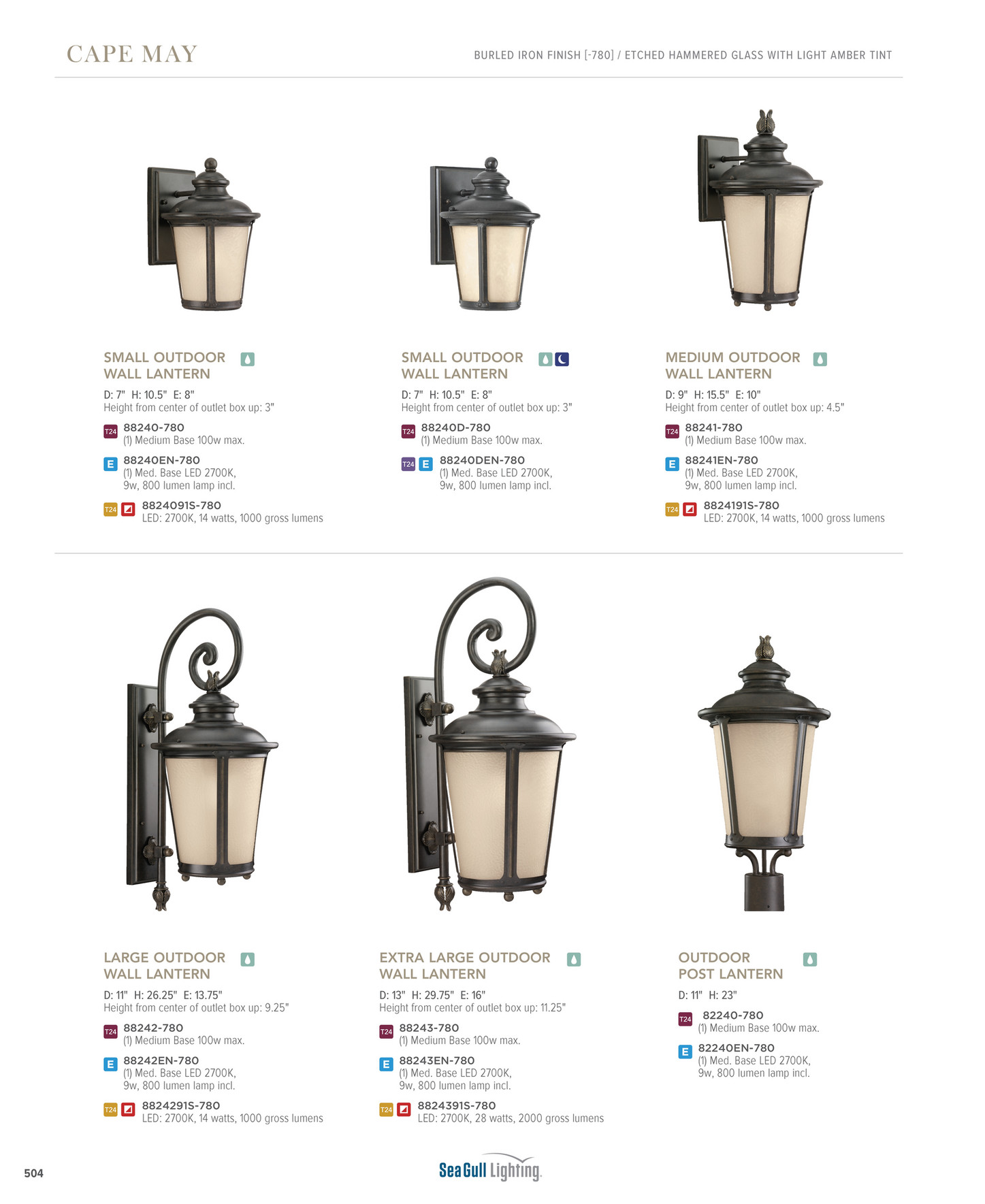

The effect is less realistic, but it can make the details of the model easier to see. The Gooch face style transitions between cool and warm colors, rather than dark and light. Displays objects using smooth shading and the Gooch face style. Displays objects using lines and curves to represent the boundaries. The following predefined visual styles are available by default: Settings for the selected style are displayed in the panel below the sample images.įrom the ribbon, you can change some frequently used settings or open the Visual Styles Manager. The Visual Styles Manager displays all styles available in the drawing. When you apply a visual style or change its settings, the associated viewport is automatically updated to reflect those changes.

WAD cervical spine proprioception whiplash.Control the effect of a visual style by changing its properties. Research to further assist differential diagnosis and to understand the most important contributing factors associated with abnormal cervical afferent input and subsequent disturbances to the sensorimotor control system, as well as the most efficacious management of such symptoms and impairments, is important for the future. Once adequately assessed, appropriate tailored management should be implemented.

In addition to symptoms, the evaluation of potential impairments (altered cervical joint position and movement sense, static and dynamic balance, and ocular mobility and coordination) should become an essential part of the routine assessment of those with traumatic neck pain, including those with concomitant injuries such as concussion and vestibular or visual pathology or deficits. Understanding the nature of these symptoms and differential diagnosis of their potential origin is important for rehabilitation. However, there are other possible causes for these symptoms, and secondary adaptive changes should also be considered in differential diagnosis. Synopsis There is considerable evidence to support the importance of cervical afferent dysfunction in the development of dizziness, unsteadiness, visual disturbances, altered balance, and altered eye and head movement control following neck trauma, especially in those with persistent symptoms.


 0 kommentar(er)
0 kommentar(er)
